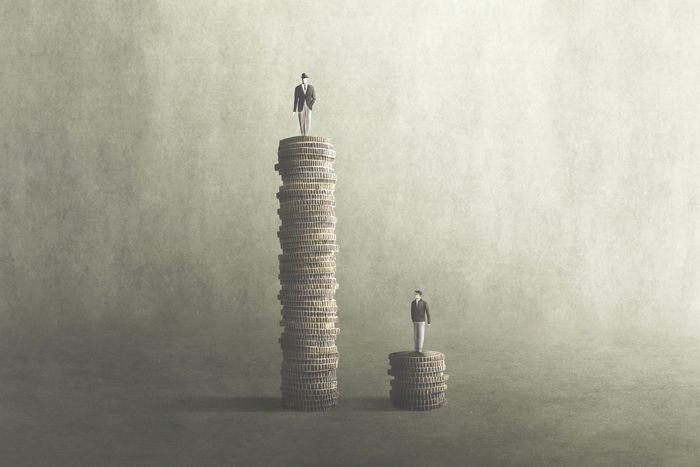
Resolved:
The United States federal government should substantially increase fiscal redistribution in the United States by adopting a federal jobs guarantee, expanding Social Security, and/or providing a basic income.
Articles on Economic Inequality
 John Goodman grew up in Waco, TX and participated in high school debate competitions around the state of Texas. John was quite successful and won several statewide tournaments. He attended college at the University of Texas in Austin, where he became involved in campus politics and was elected vice president of the student body. All of this experience served him later in life when he became a TV debating partner of conservative polemicist William F. Buckley.
John Goodman grew up in Waco, TX and participated in high school debate competitions around the state of Texas. John was quite successful and won several statewide tournaments. He attended college at the University of Texas in Austin, where he became involved in campus politics and was elected vice president of the student body. All of this experience served him later in life when he became a TV debating partner of conservative polemicist William F. Buckley.
A Cause of Inequality: Student Debt

Universal Basic Income
We have never really had a genuine universal basic income experiment in the US.
One of the most prominent experiments took place in Stockton, California, in February 2019. The program gave 125 of the city’s residents $500 per month. The results were seen as positive, with the control group experiencing 1.5 times more income volatility than those who received the funds. The share of participants with full-time employment rose from 28% at the start of the program to 40% a year later. Meanwhile, the control group only saw a 5% increase in full-time employment over the same period.

A Major Cause of Increasing Inequality: We Are Living Longer
From 1940 to 2019, Americans’ life expectancy rose by almost 16 years, while the share of the U.S. population 65 and older grew from 9.8% to 16.7%. The elderly have progressively more healthy years to work. Most important, increased life spans have meant that older Americans’ wealth portfolios have been able to compound for longer.
Source: Richard McKenzie, Americans are Living Longer and Prospering, Wall Street Journal.

The Uneasy Case for Reparations
Proponents of reparations cite past housing discrimination as a primary driver of today’s racial wealth gap.
The Federal Housing Administration (FHA) was established in 1934 to provide federal insurance for home loans and it led to a huge increase in home ownership in the US. In determining which residences to insure, the agency instructed underwriters to consider, among other things, a community’s “economic stability” and its “protection from adverse influences.” This resulted in a practice known as “redlining.”
See Ta-Nehisi Coates, “The Case for Reparations.”
Yet, between 1940 and 1980, homeownership among blacks rose faster than it did among whites. (37% v. 34%)

The Pandemic Exacerbated Inequalities (And an implicit argument for school choice)
National test scores plummeted for 13-year-olds, according to new data that shows the single largest drop in math in 50 years and no signs of academic recovery following the disruptions of the pandemic.
Source: Washington Post

The Real Poverty Rate is 1.6%
Unlike the Official Poverty Measure, we include both cash and in-kind programs designed to fight poverty, including the market value of food stamps (now the Supplemental Nutrition Assistance Program, or SNAP), the school lunch program, housing assistance, and health insurance.
VALUATING THE SUCCESS OF PRESIDENT JOHNSON’S WAR ON POVERTY: REVISITING THE HISTORICAL RECORD USING AN ABSOLUTE FULL-INCOME POVERTY MEASURE by Richard V. Burkhauser, Kevin Corinth. James Elwell and Jeff Larrimore